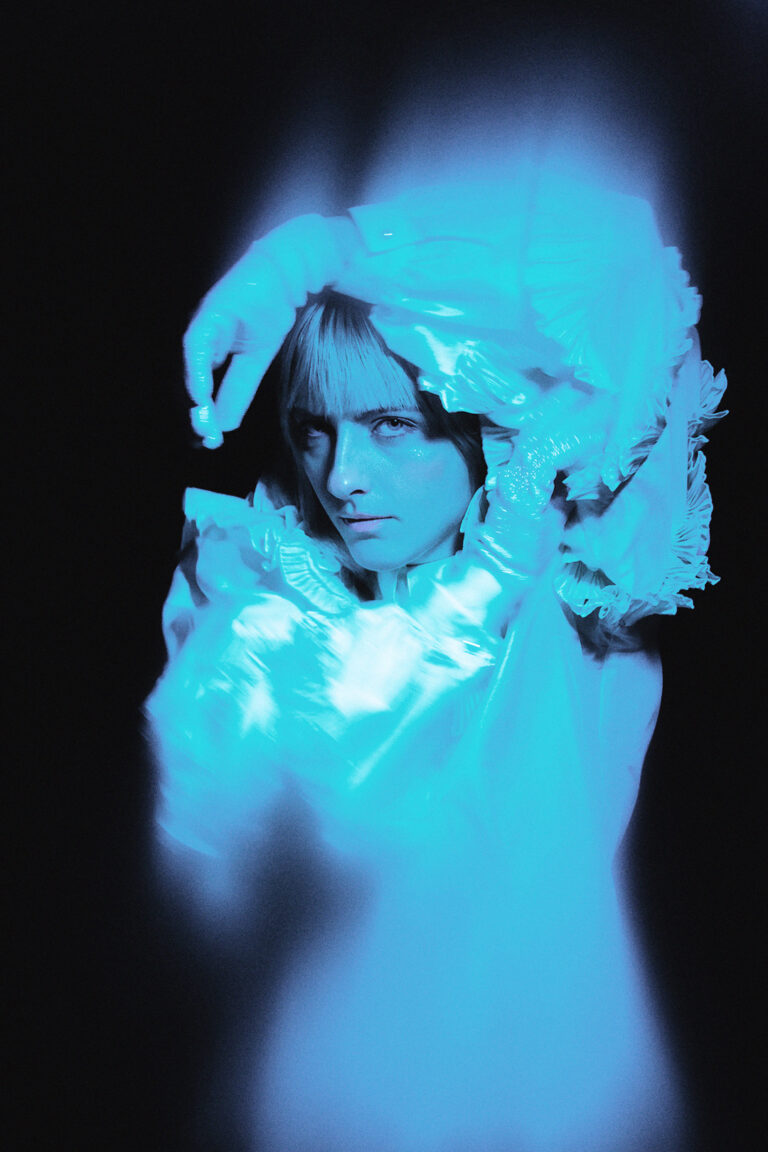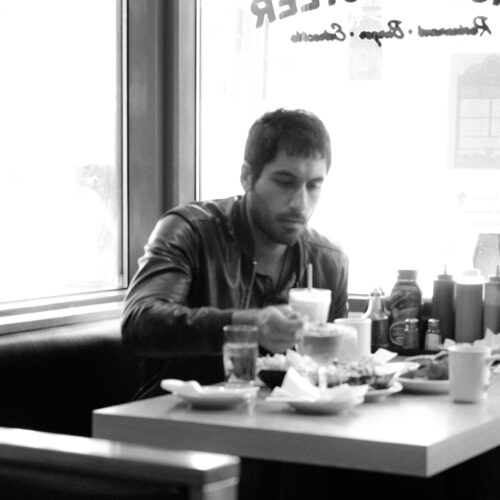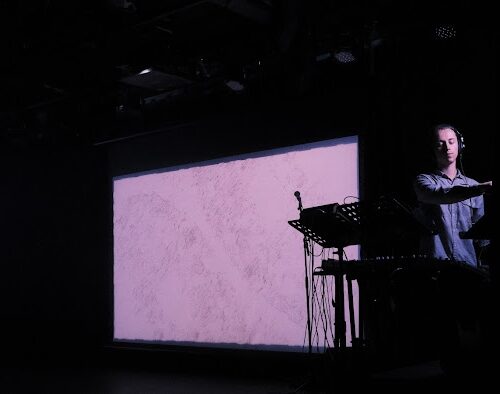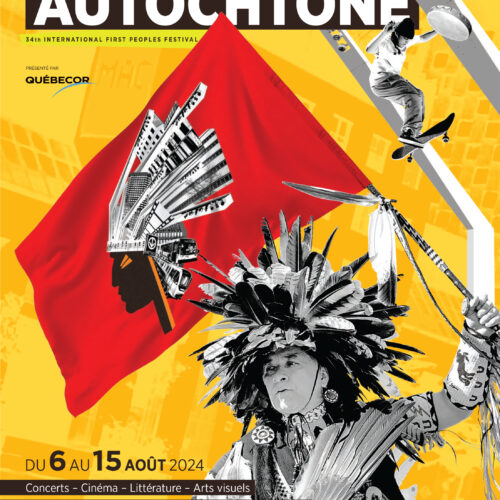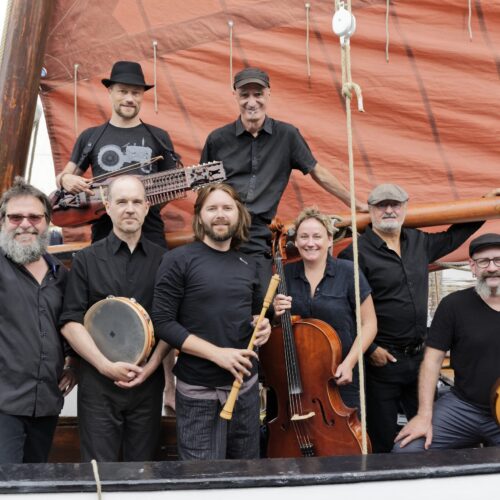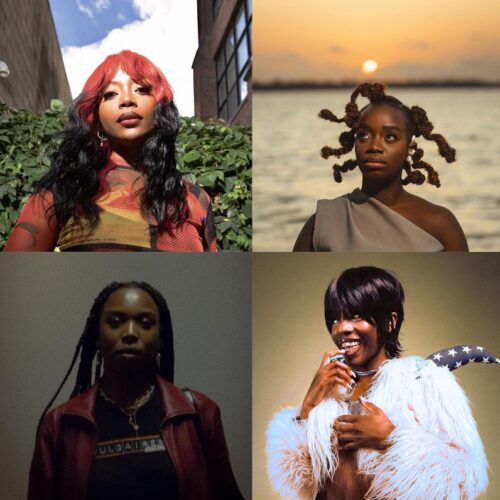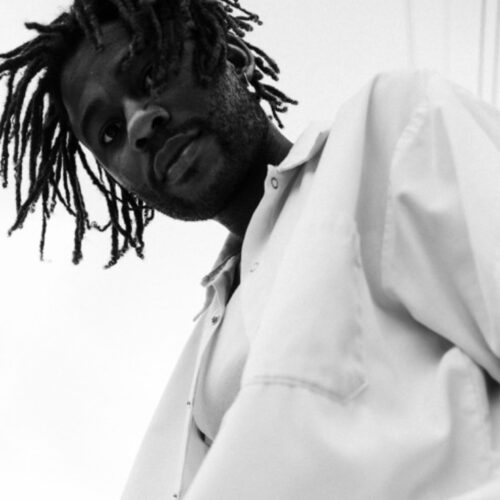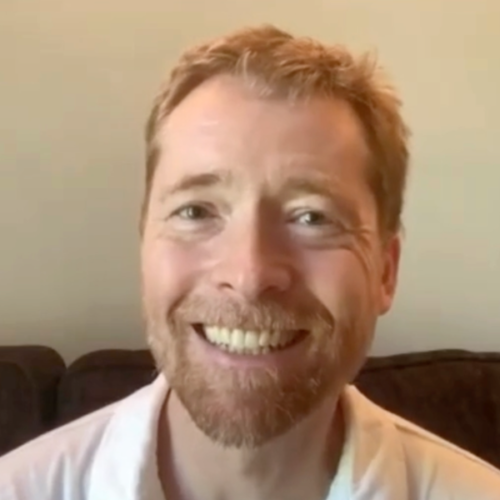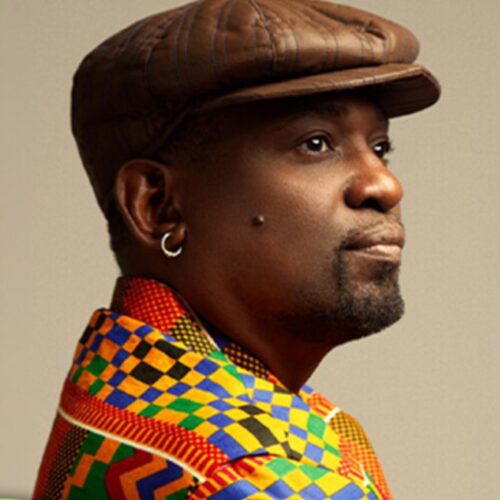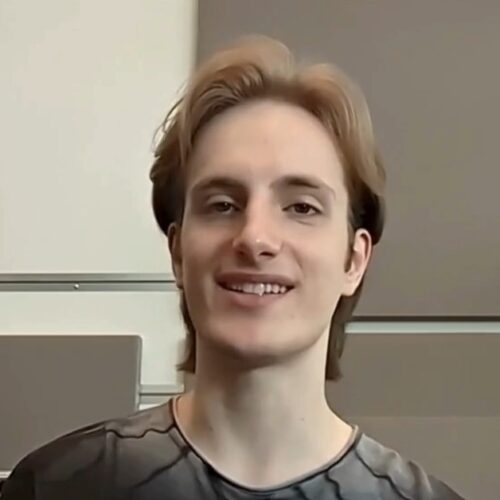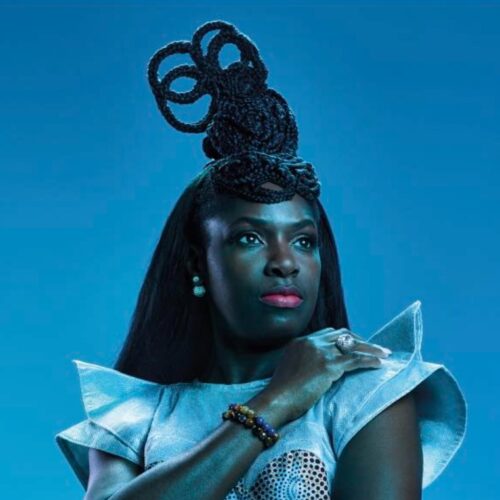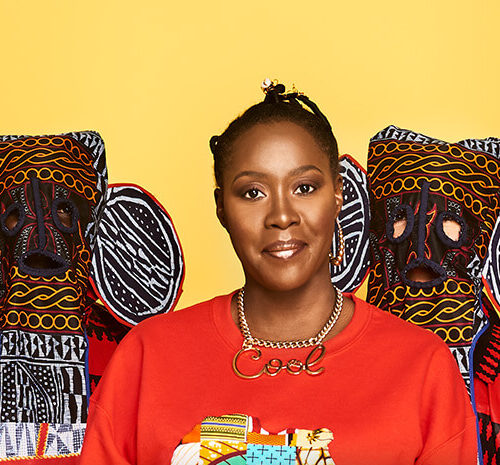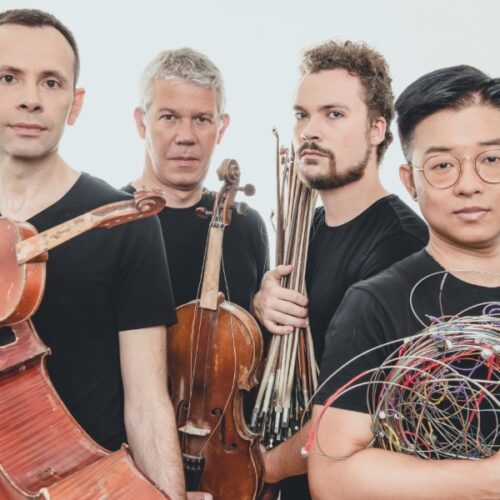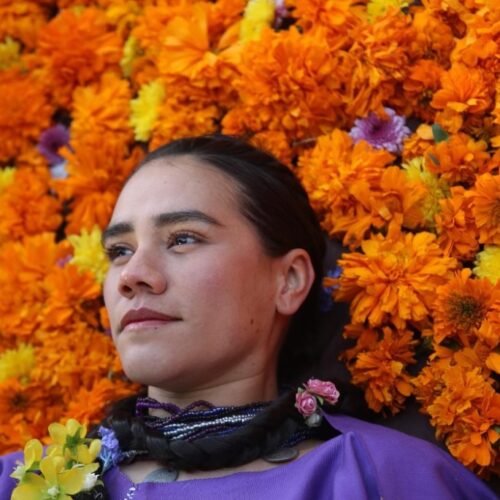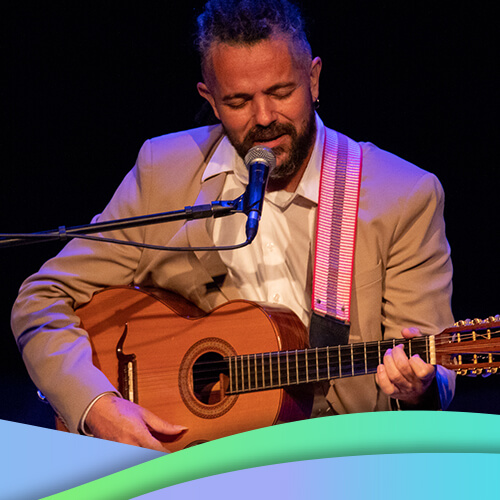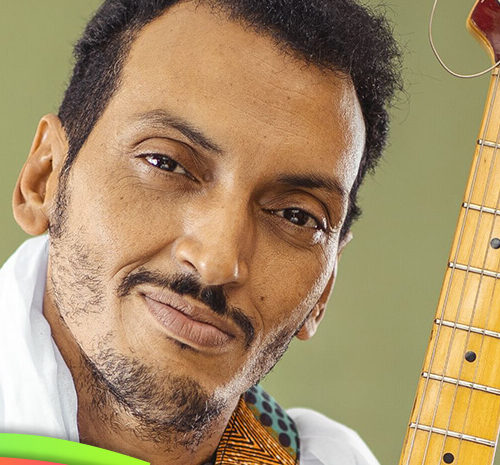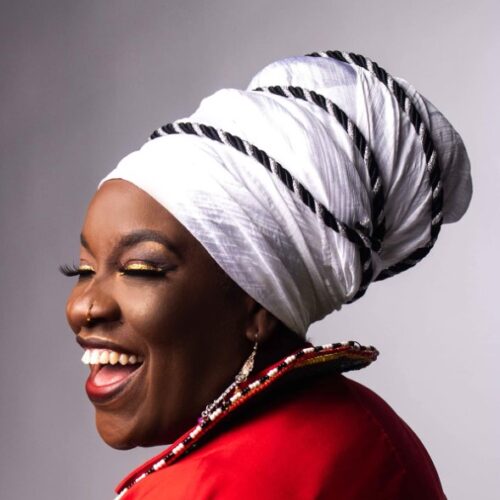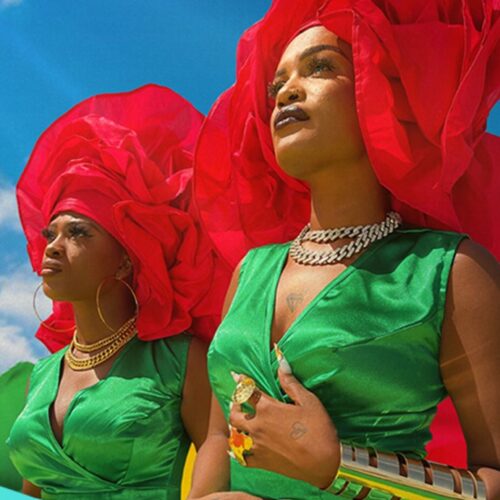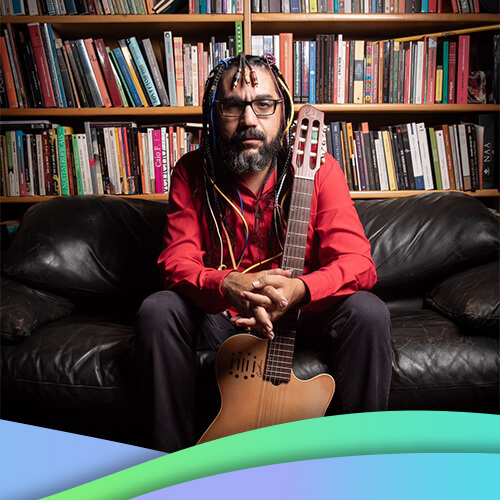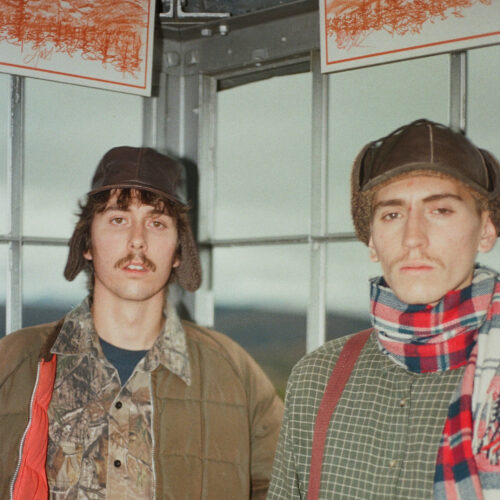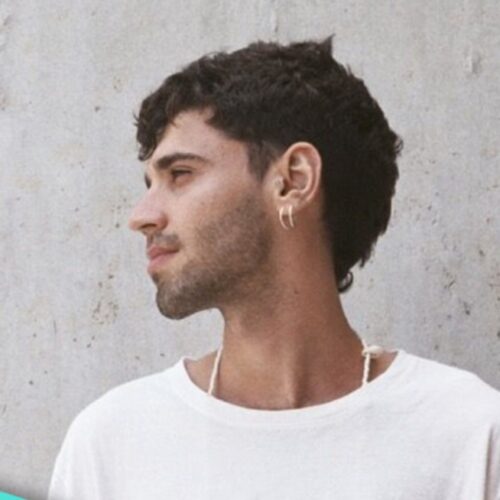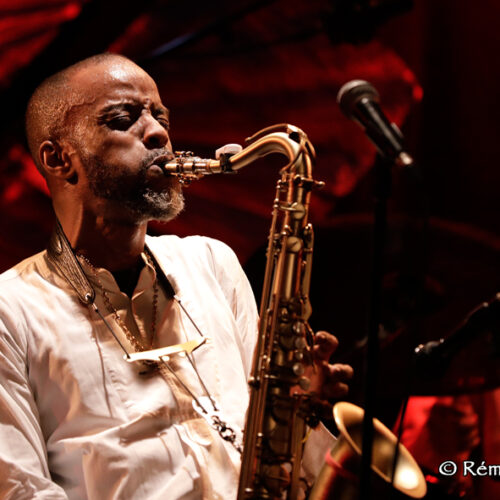Additional Information
Now that the days gradually start to become longer again, Taverne Tour comes back from February 8-10with a new colourful edition that celebrates the nightlife of the Plateau Mont Royal. Partnering with PAN M 360, Montreal artist Laurence-Anne will be performing at L’Esco on 8 February, before travelling to Mexico for a five-date tour at the end of the month. Blending dream/art/synthpop with coldwave and experimental influences, her latest album, Oniromancie, released on Bonsound last autumn, follows the path of an artist who has spent a long time contemplating the illusions of the night.
Hugely fond of David Lynch and Cocteau Twins, her music creates generous, dreamlike layers of sound to guide listeners through narrow doorways and to protect their hearts from the apparitions that haunt them. The night is hardly always merciful, which is why Laurence-Anne finds inspiration in both the gentleness of her reveries and the denser, darker side of her paralysing nightmares. In the darkness, the frightening appearance of a phantasmagorical entity trying to speak to her ended up being a salutary experience. PAN M 360 spoke to Laurence-Anne about her artistic journey, which constantly swings between reality and fiction.
PAN M 360: I’d like to start by looking back to your early artistic career. You’re known as a 2017 Francouvertes finalist or through your journey as a backing vocalist for Klô Pelgag, alongside N NAO and Lysandre. Your debut album Première Apparition made it onto the longlist of the Polaris Prize in 2019. When exactly did you start making music?
Laurence-Anne: I started singing when I was a child. I did my first singing shows in primary school simply out of passion, without taking any lessons or training. During secondary school, I started playing guitar and composing songs. Things got more serious in Montreal when I met other musicians. One thing led to another and I started arranging my own songs and being supported by a band. But in the end, music was always there.
PAN M 360: When did you move to Montreal?
Laurence-Anne: I moved here in 2012. After high school, I left for Mexico to do a gap year and then I came to study at the CÉGEP in human sciences in Montreal. It was also a good opportunity for me to meet other people who played music. When I moved to the Plateau, I started hanging out at Quai des Brumes and Esco, where I met other musicians.
PAN M 360: You’re playing at Esco on 8 February during Taverne Tour. I suppose it’s a bit like playing at home for you?
Laurence-Anne: Yes, I haven’t played at Esco for a long time. It’s kind of where it all began. I did one of my first shows at the old Esco, back when the bar was still very tiny. I can’t wait to play at home. I’ve got some surprises in store for you.
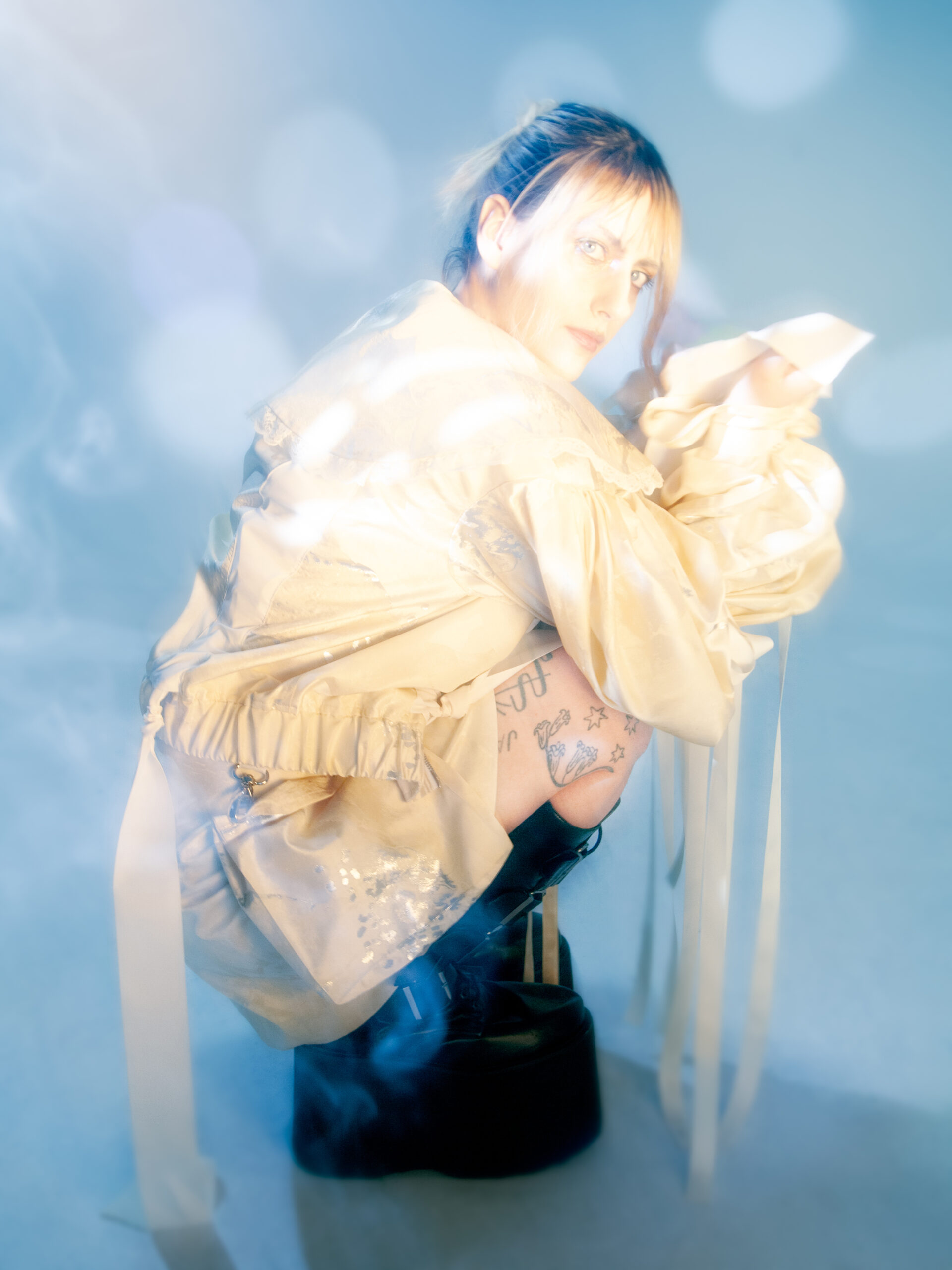
PAN M 360: Your albums Musivision and Oniromancie were written far away from the city, in the countryside, during getaways in chalets. Is it important for you to get out of the city to write music?
Laurence-Anne: Yes, it creates a creative bubble. I need to disconnect so that I can concentrate on creation. There are too many distractions in everyday life. Throughout the year, there aren’t many moments when I feel creative. But from the moment I decide to isolate myself somewhere with my instruments, I can lose track of time and nothing can take me out of this creative bubble. It’s really in those moments that I can compose without limits and create a whole album in a week!
PAN M 360: You’re originally from Kamouraska, a small town of 700 inhabitants on the south shore of the St. Laurent River. Can you tell us about the environment in which you grew up?
Laurence-Anne: It’s a fairly rural part of the Bas-Saint-Laurent region, mainly based on agriculture. There aren’t any big towns around. I grew up surrounded by fields, in Saint-Pascal de Kamouraska to be precise. It’s a rural area that’s a bit further inland. From my parents’ house, we had a view of the river and the Côte-Nord.
PAN M 360: You consider yourself to be a self-taught multi-instrumentalist (guitar, percussion, bass, synthesiser). You mention that you found more freedom with the synthesiser. What did you discover with the synthesiser that you didn’t find with other instruments?
Laurence-Anne: I love the range of sounds, tones and textures you can achieve with a synthesiser. There are no real limits. With a guitar, you can add effects pedals of course, but that work is easier to do on a synthesiser. When you don’t have any musical knowledge, it’s perhaps easier to find chords or sounds than with a guitar. The world of synthesizers has really helped me to push my creativity further, I feel I can let myself go more.
PAN M 360: Your artistic process is based on automatic writing. Can you explain how you use this rather peculiar technique?
Laurence-Anne: Lots of artists like to call it their ‘yoghurt’ (laughs). Basically, when you compose a melody, there are words that appear spontaneously. If you let these fragments of ideas go on a loop, something can start to emerge on its own. When I write a song, I don’t think about a particular subject. It’s by creating this ‘yoghurt’ that I can understand what I want to talk about. I let the subject appear instead of thinking about it.
PAN M 360: In your creative process, you give a lot of importance to dreams, which you see as a gateway to your subconscious, your anxieties, your desires and your ideals. Oneiromancy is actually a divinatory art that involves writing down your dreams in a notebook. How did you start this practice?
Laurence-Anne: Dreams have always been a source of inspiration for my music. At first, I used these themes unconsciously. I’ve always leaned towards creating poetry based on abstract imagination rather than tangible reality. I’ve always loved this freedom to create landscapes that don’t exist or to create images that take you out of reality. Throughout my work, I’ve noticed recurring themes, like night, space, the feeling of something bigger than ourselves that we can’t understand. In Oniromancie, I focused much more on what the dreams brought me. It’s an indefinable universe where the possibilities are limitless. I love drawing on this infinite source of inspiration.
PAN M 360: Apart from your artistic activity, is this something that helps you in your private life?
Laurence-Anne: Yes, particularly when I have recurring dreams. As I kept reliving the same situations, I started to ask myself questions. That led me to realise certain things that were mirrored in my life and to start making changes. It’s like having some kind of great connection with yourself if you can open your mind to that. It often appears as messages about things you don’t realise. They’re right there in front of you, but you can’t quite assimilate them. With dreams, things suddenly become clearer. I think it’s important to listen to them.
PAN M 360: Your videos give us a better understanding of your dream world. They are absolutely marvellous and well-crafted. We always find you in beautiful costumes, in a cocooned atmosphere, as if we were entering your bubble. Your album covers are also very well done. The Musivision cover, created by Montreal artist Aeforia (Alexy Préfontaine), gives the impression of falling into an endless labyrinth. The cover of Oniromancie, from a series by Bulgarian artist Mia Novakova, reminds me of the dreamlike atmosphere of Jean Cocteau’s film La Belle et le bête. Is it important for you to develop this visual world?
Laurence-Anne: I think it’s important to have visuals that go with the music so you can share it on networks or on YouTube. When you make ethereal dream-pop music, I think it’s even more important. It adds another dimension to the music so that listeners can absorb themselves in that world.
PAN M 360: In your song “Indigo” on the album Musivision, you say it’s your favourite colour of the rainbow. Why is that?
Laurence-Anne: I love dark purple colour palettes! I’m a very nocturnal person. The colour indigo reminds me of the colour of a starry sky, when you walk far away in the forest and there’s no light pollution. For me, it’s the colour of the night by excellence.
Laurence-Anne will be playing at the L’Escogriffe on 8 February as part of the Taverne Tour festival with Sun Entire.
